Pepper Joe's Blog
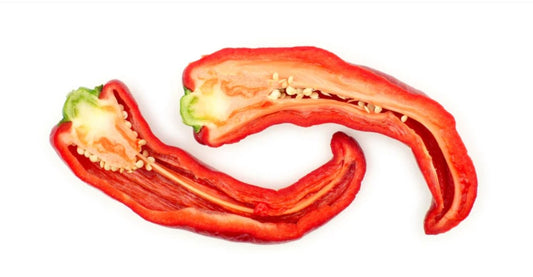
Hot Pepper Heat Scale and the Scoville Scale
Read to learn more about the hottest peppers in the world and their rankings, and how the Scoville Scale was created to determine a pepper ranking.
Hot Pepper Heat Scale and the Scoville Scale
Read to learn more about the hottest peppers in the world and their rankings, and how the Scoville Scale was created to determine a pepper ranking.

Top 10 Hottest Peppers (2024 Update)
When it comes to the World's Hottest Peppers, nothing really compares. So much time, dedication, and testing has gone into developing these showstoppers. Their origin stories, heat levels/taste, and appearance are truly incredible....
Top 10 Hottest Peppers (2024 Update)
When it comes to the World's Hottest Peppers, nothing really compares. So much time, dedication, and testing has gone into developing these showstoppers. Their origin stories, heat levels/taste, and appearance are truly incredible....
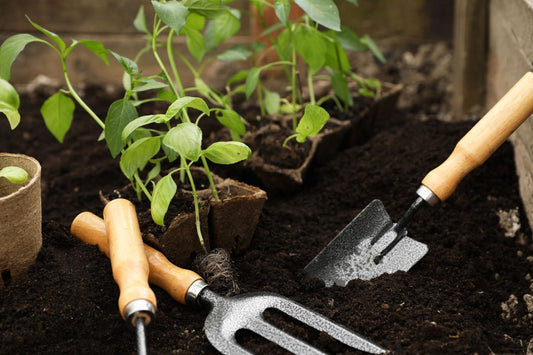
5 Tools Every Pepper Grower Needs
Check out our list of 5 essential pepper growing supplies to help you achieve success with your pepper plants this growing season.
5 Tools Every Pepper Grower Needs
Check out our list of 5 essential pepper growing supplies to help you achieve success with your pepper plants this growing season.
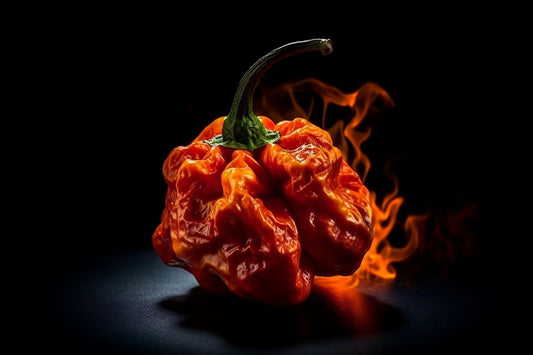
Pepper X: Meet the NEW World's Hottest Pepper
Check out our blog post covering everything on the newest World's Hottest Pepper, Pepper X, with heat levels soaring over 2.5 million SHUs!
Pepper X: Meet the NEW World's Hottest Pepper
Check out our blog post covering everything on the newest World's Hottest Pepper, Pepper X, with heat levels soaring over 2.5 million SHUs!
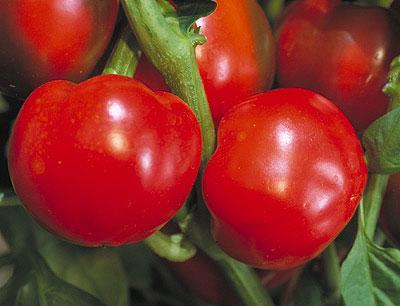
10 Disease Resistant Pepper Varieties to Try Gr...
Read our list of disease resistant pepper varieties that are prone to common viruses like bacterial leaf spot, phytophthora, and TMV.
10 Disease Resistant Pepper Varieties to Try Gr...
Read our list of disease resistant pepper varieties that are prone to common viruses like bacterial leaf spot, phytophthora, and TMV.
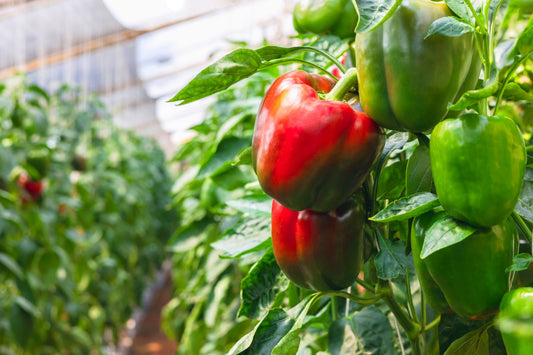
Pepper Fruiting 101: How to Increase Pepper Pla...
Learn about different pepper fruiting techniques and strategies to help increase your plant yields and get the fruit you need!
Pepper Fruiting 101: How to Increase Pepper Pla...
Learn about different pepper fruiting techniques and strategies to help increase your plant yields and get the fruit you need!





